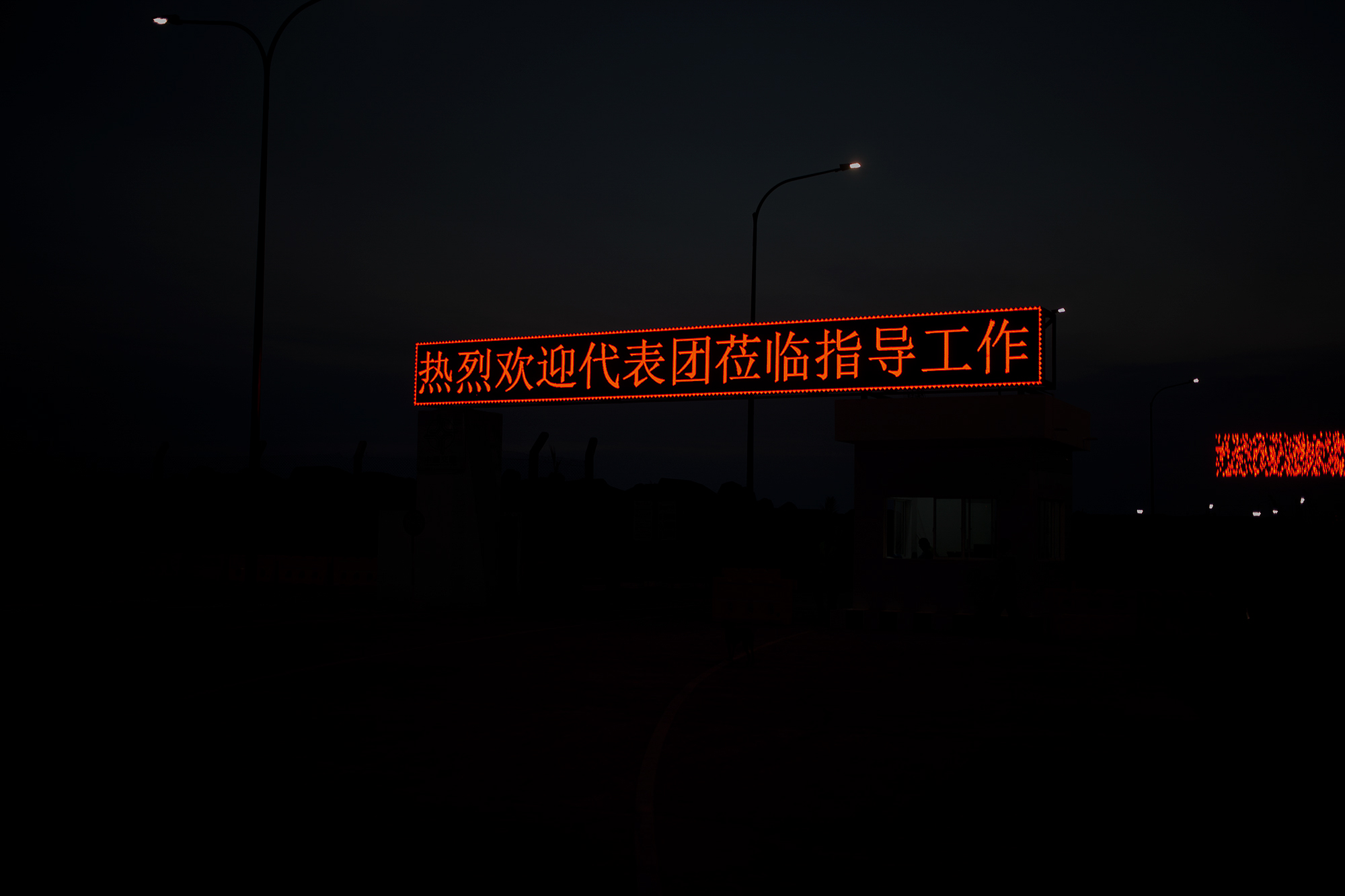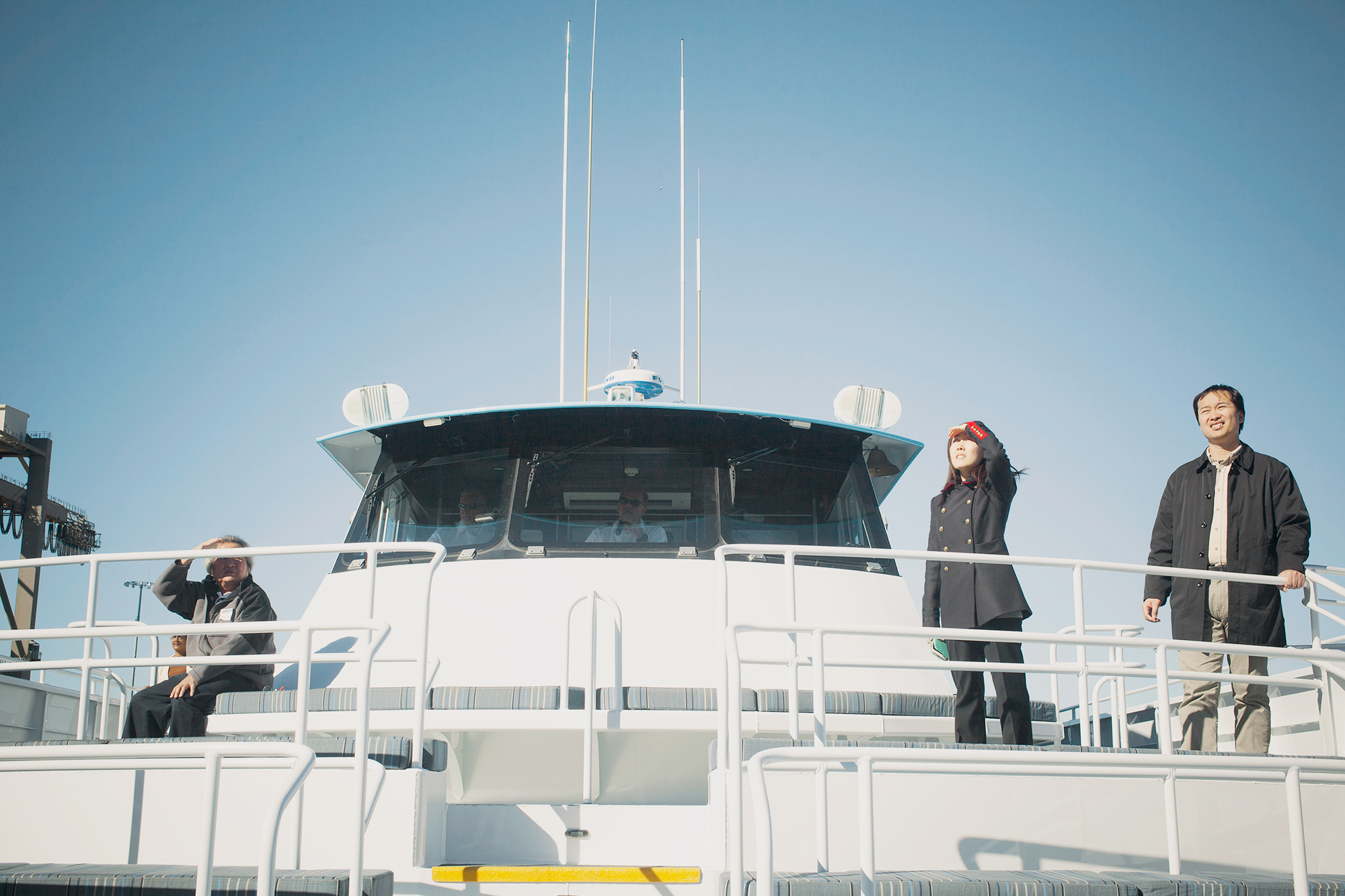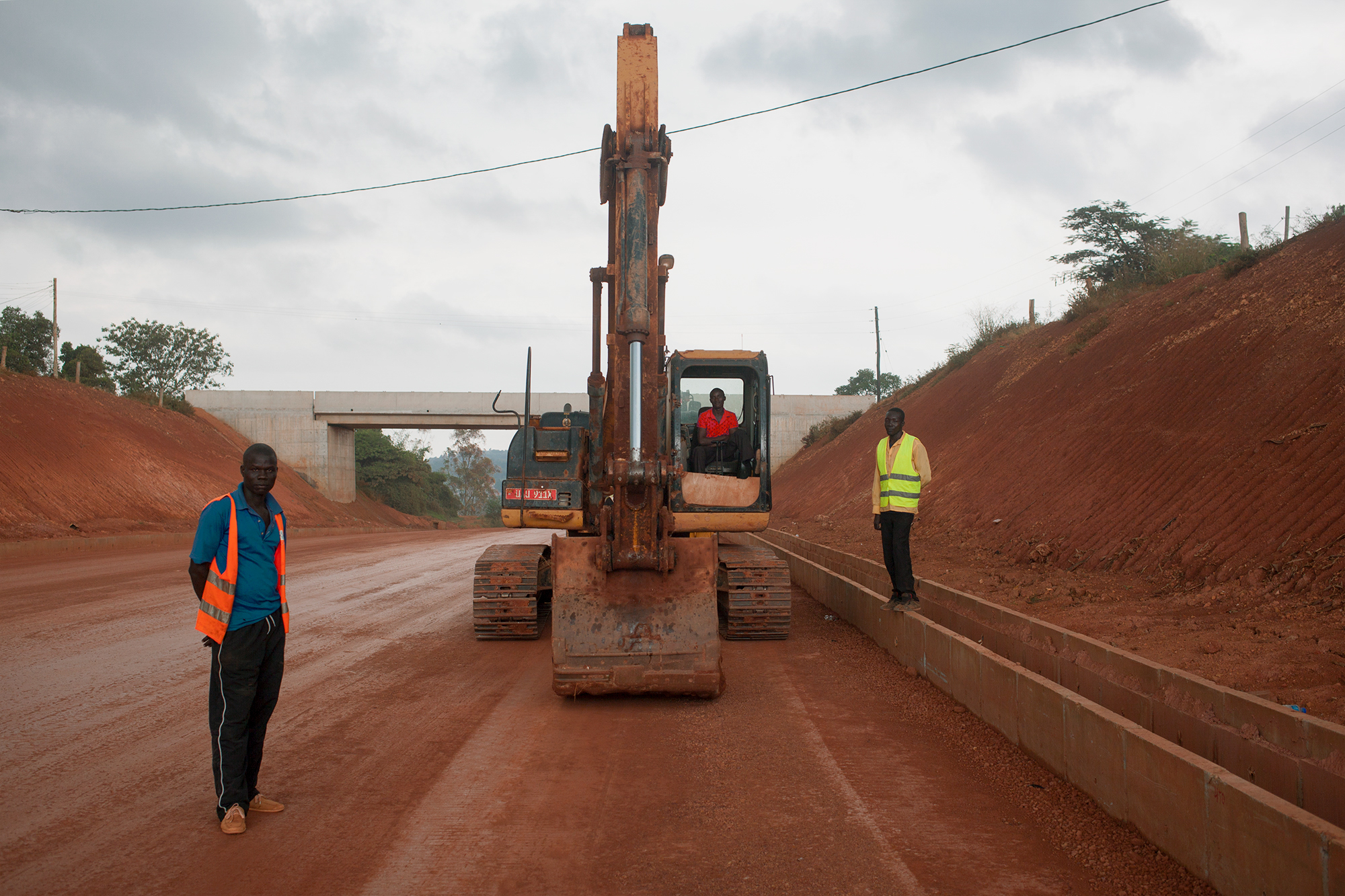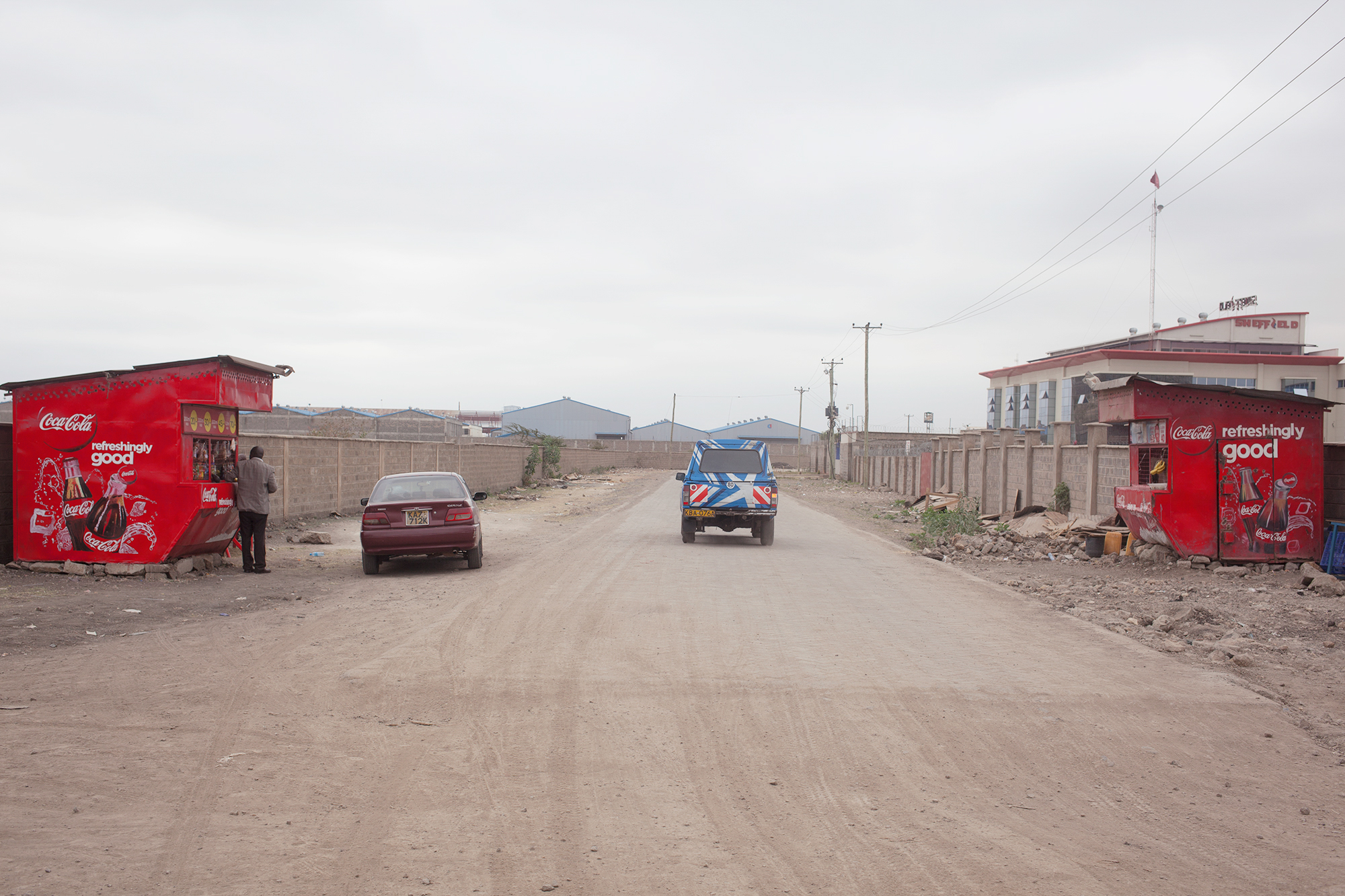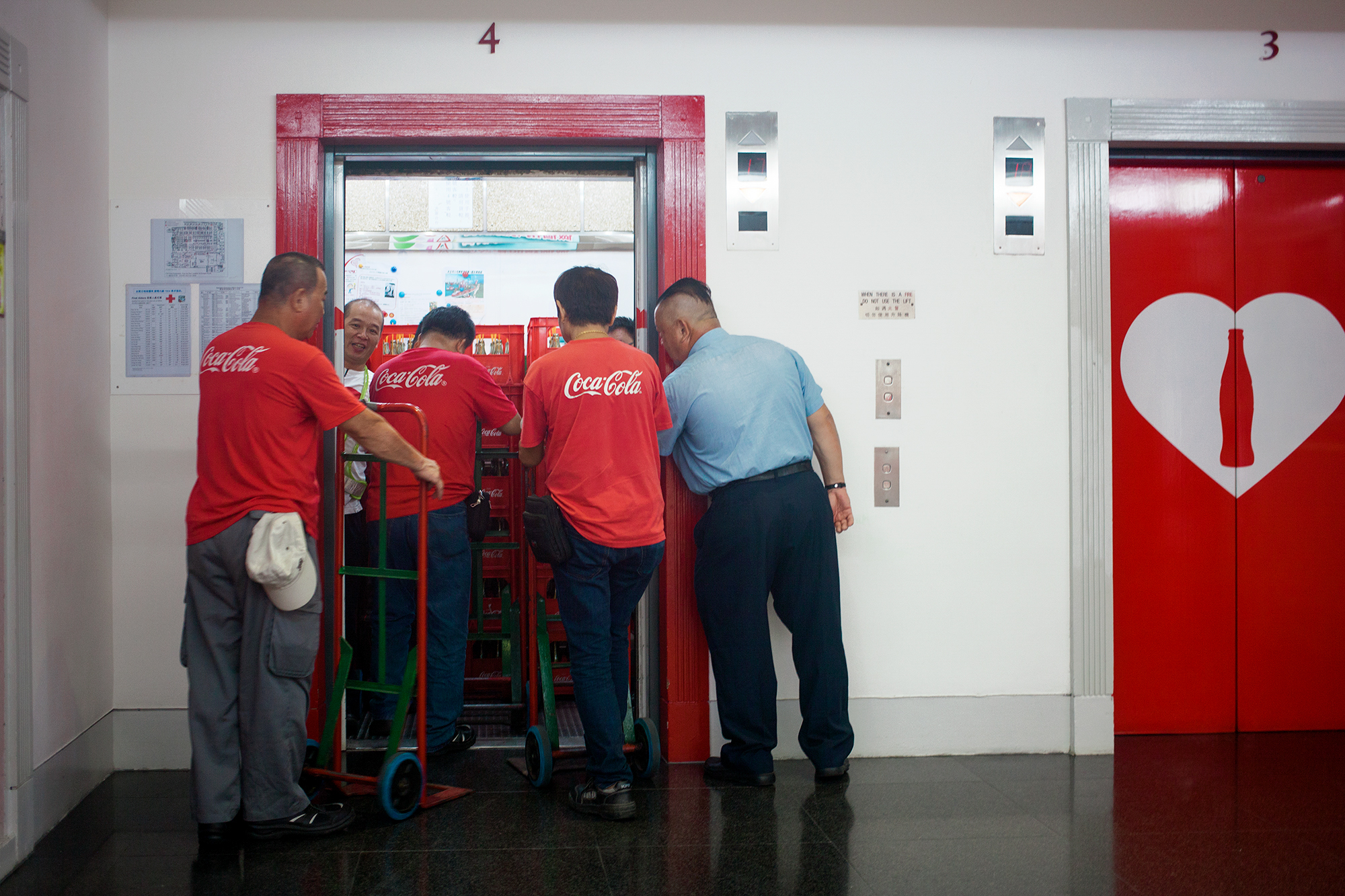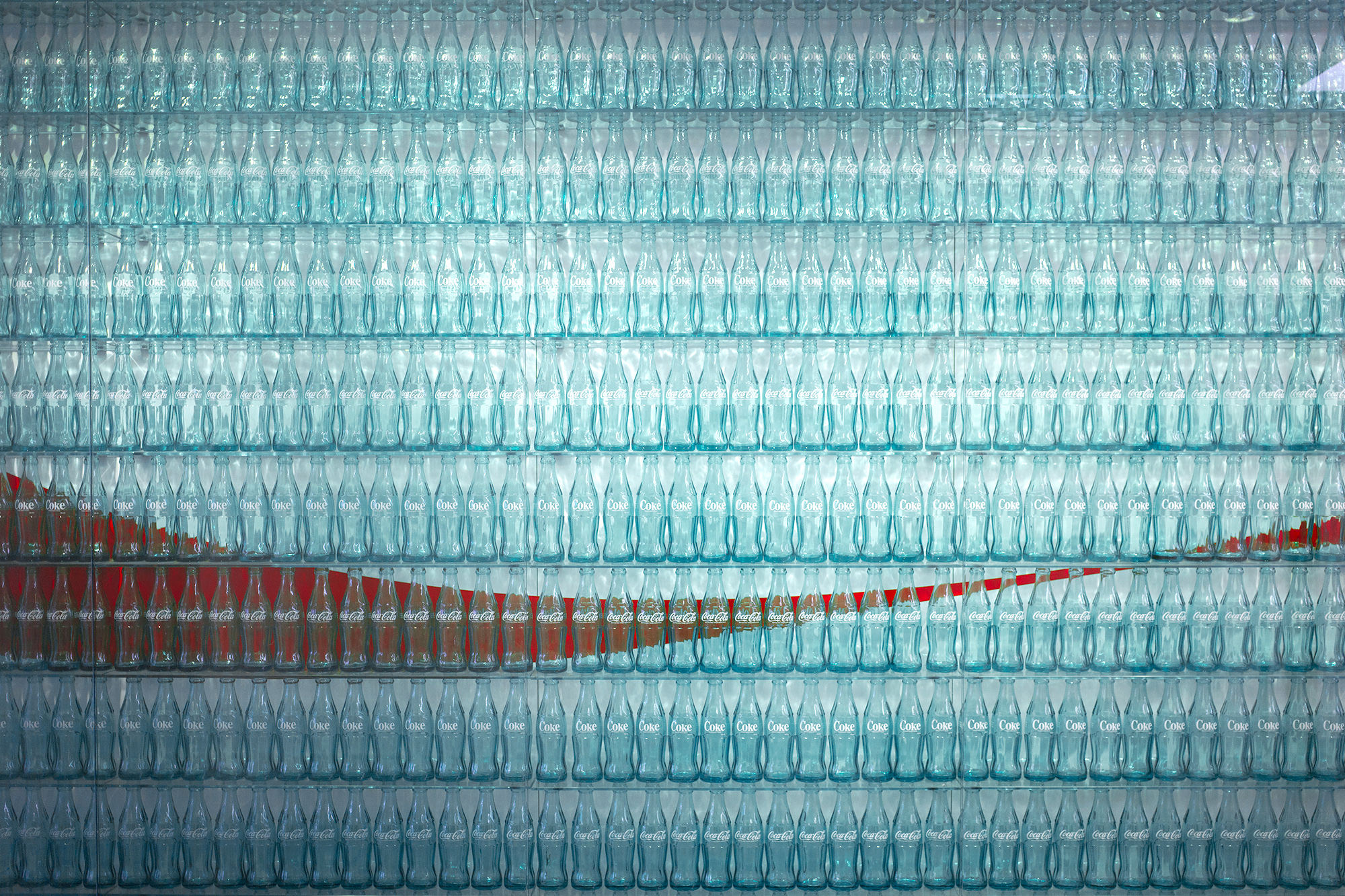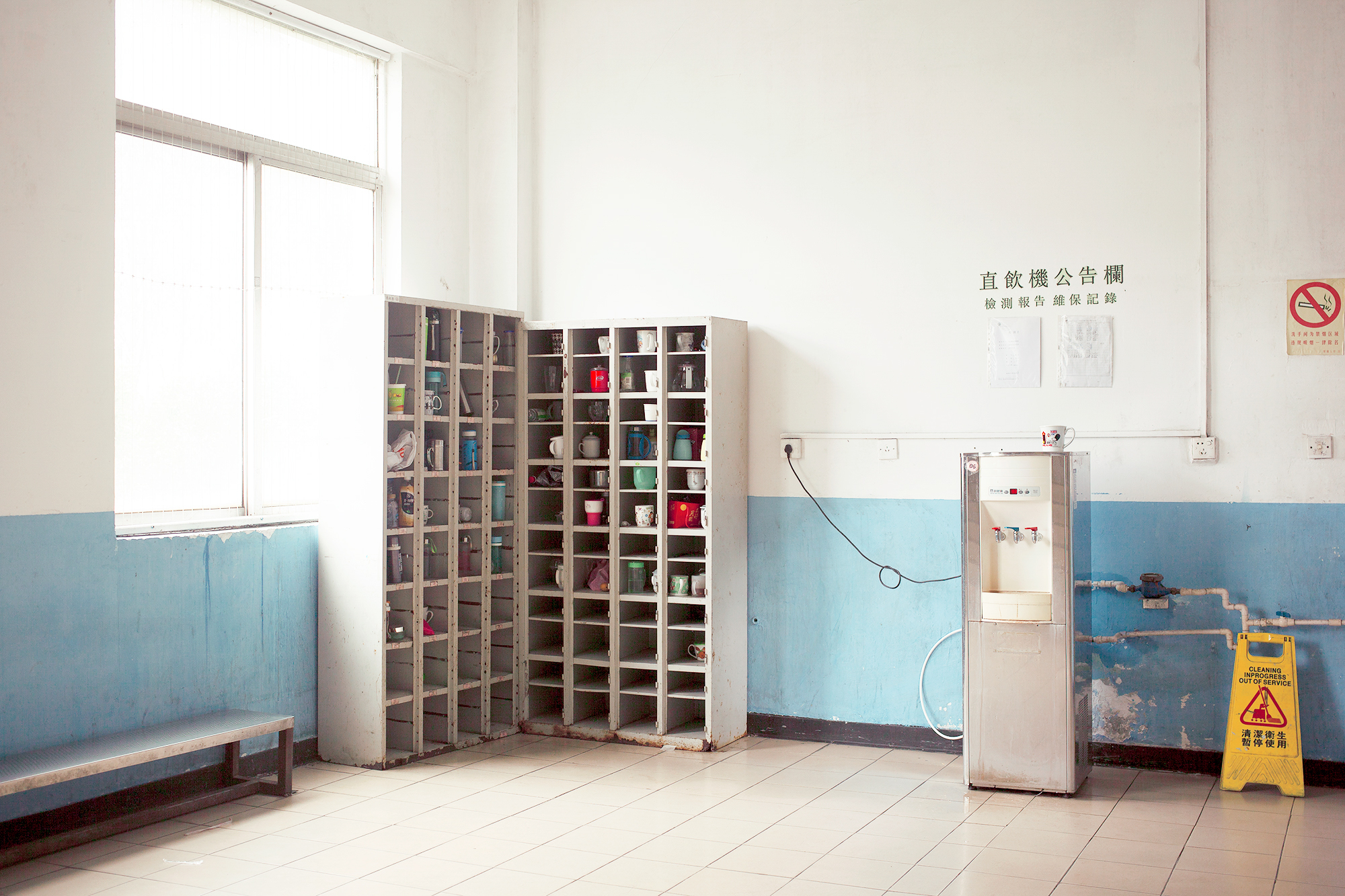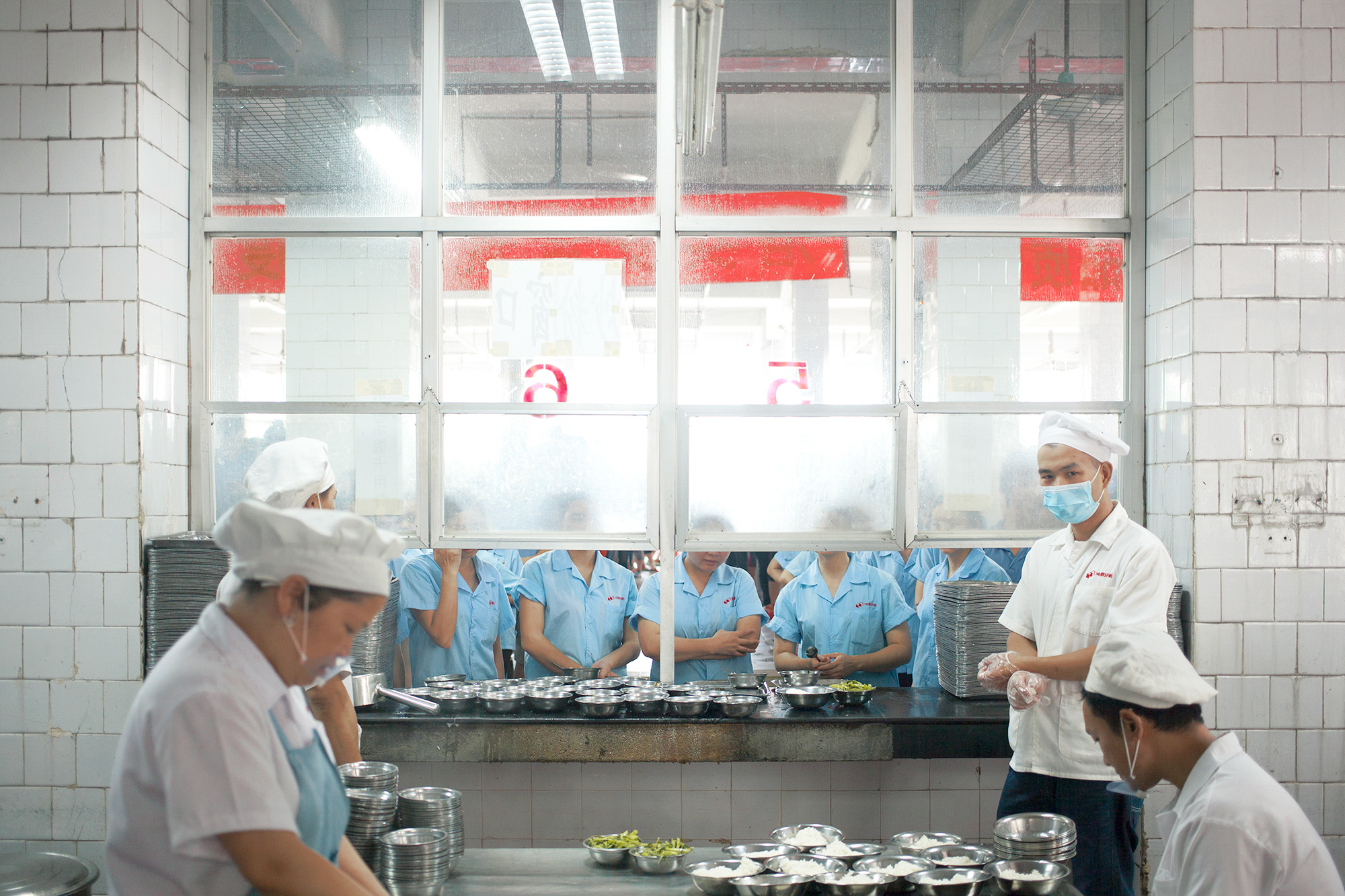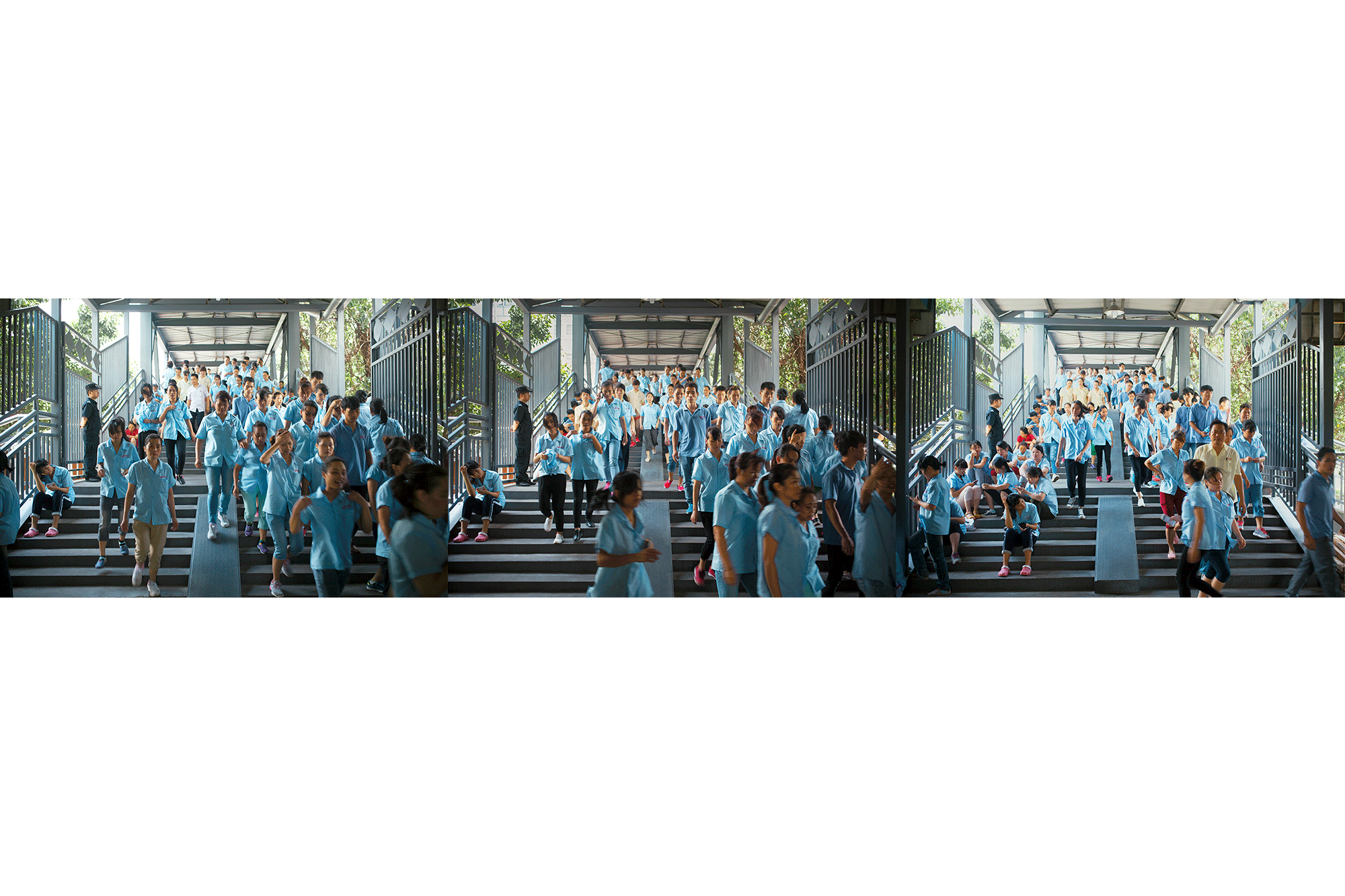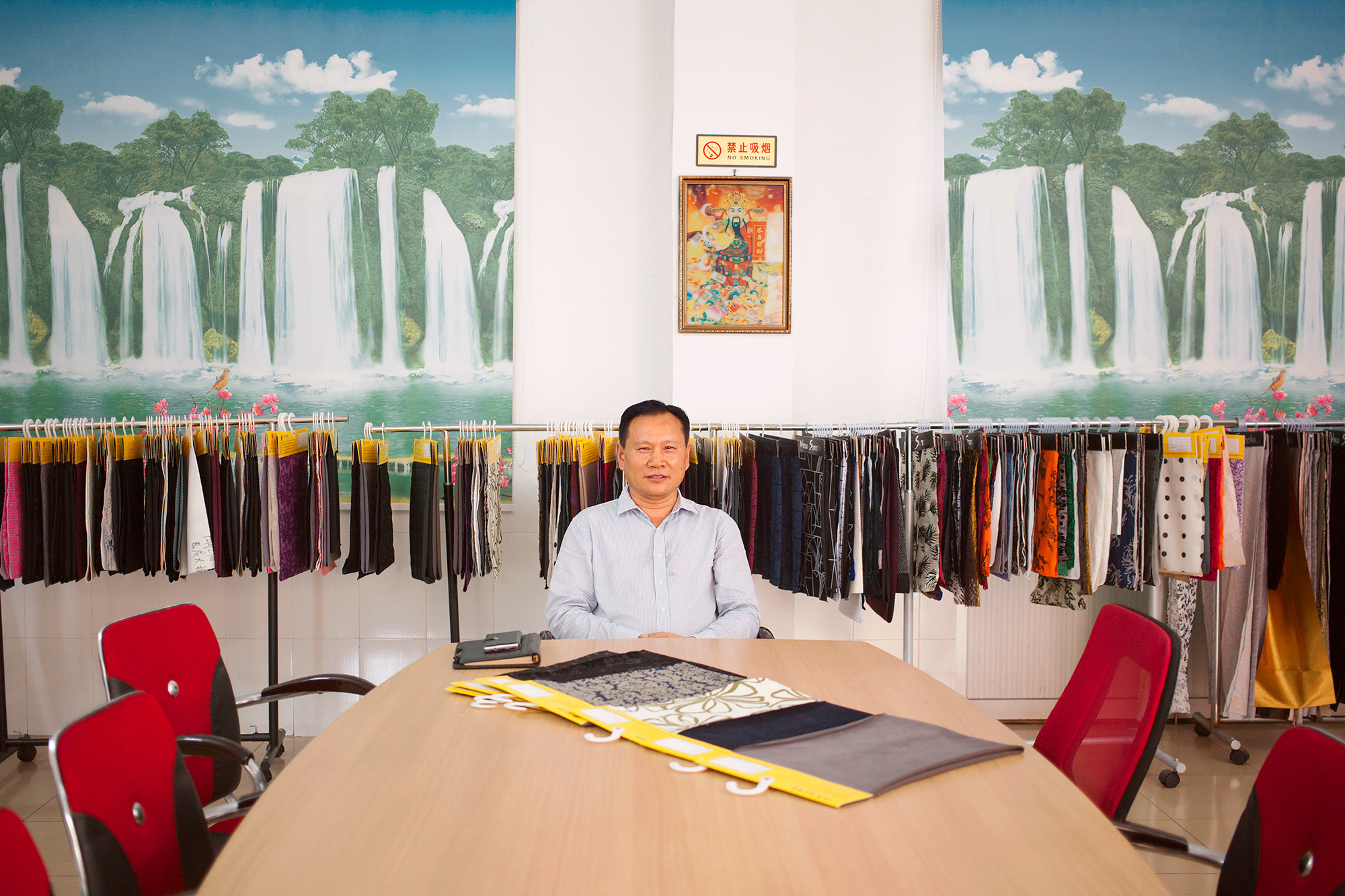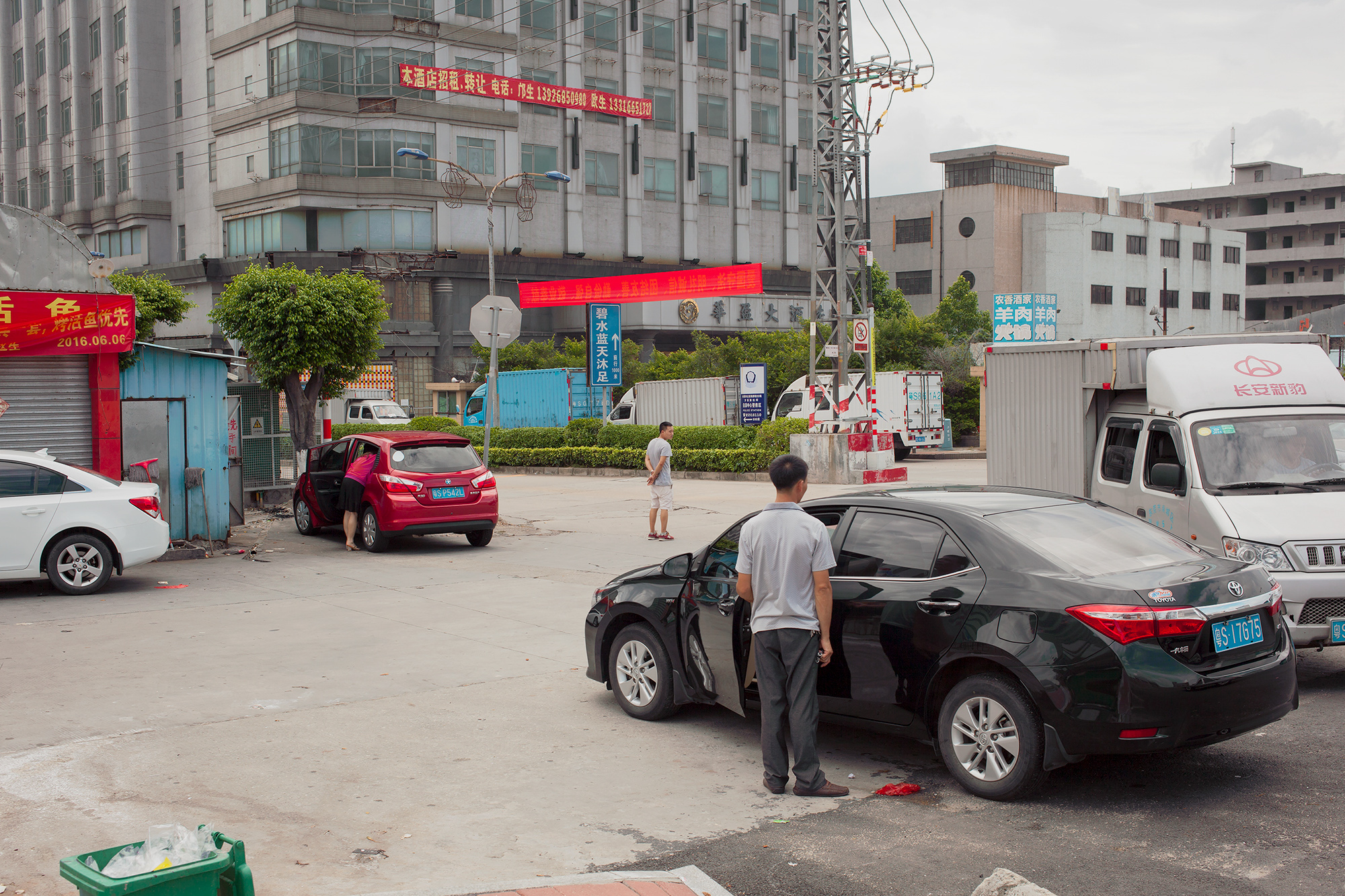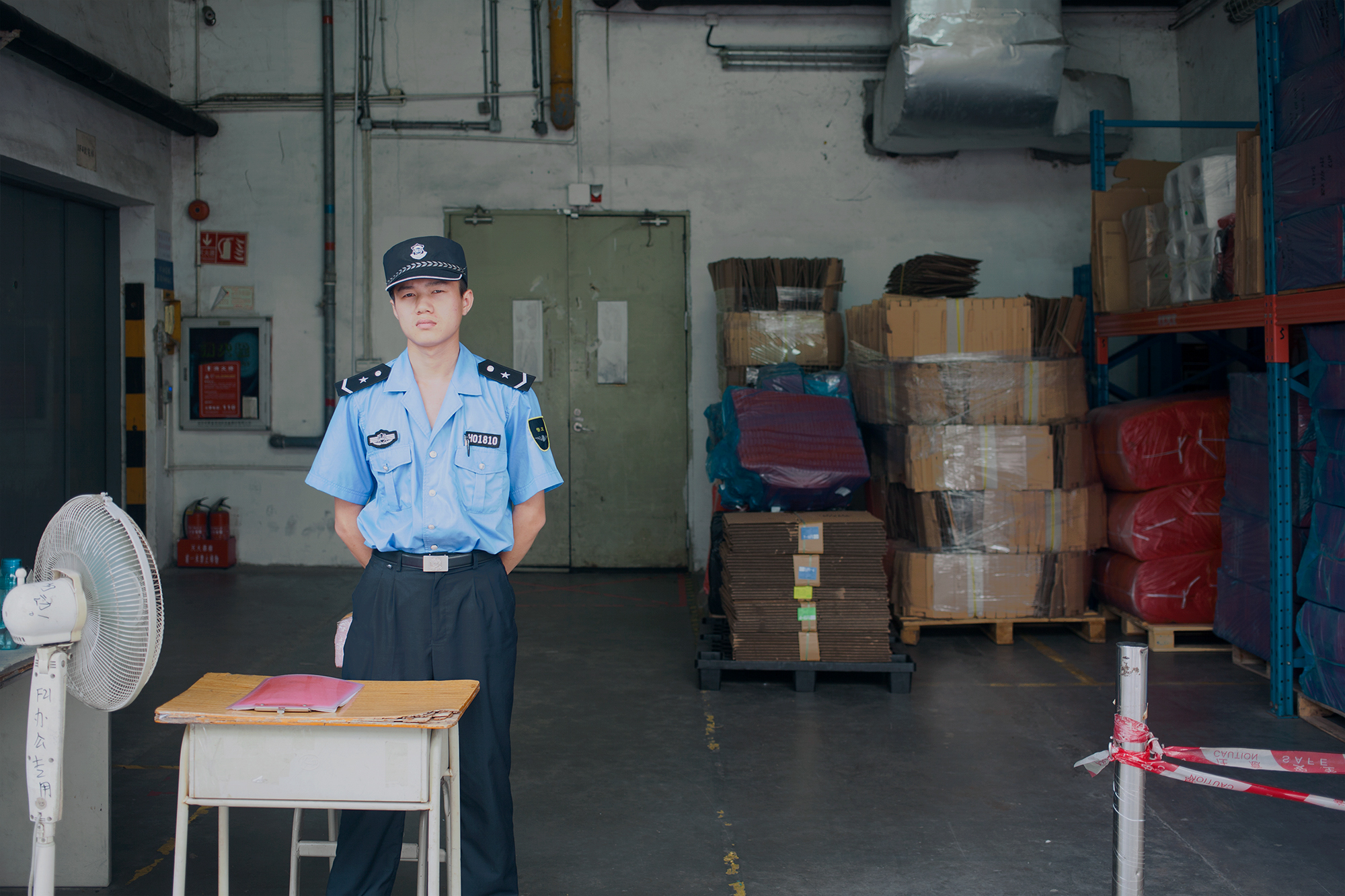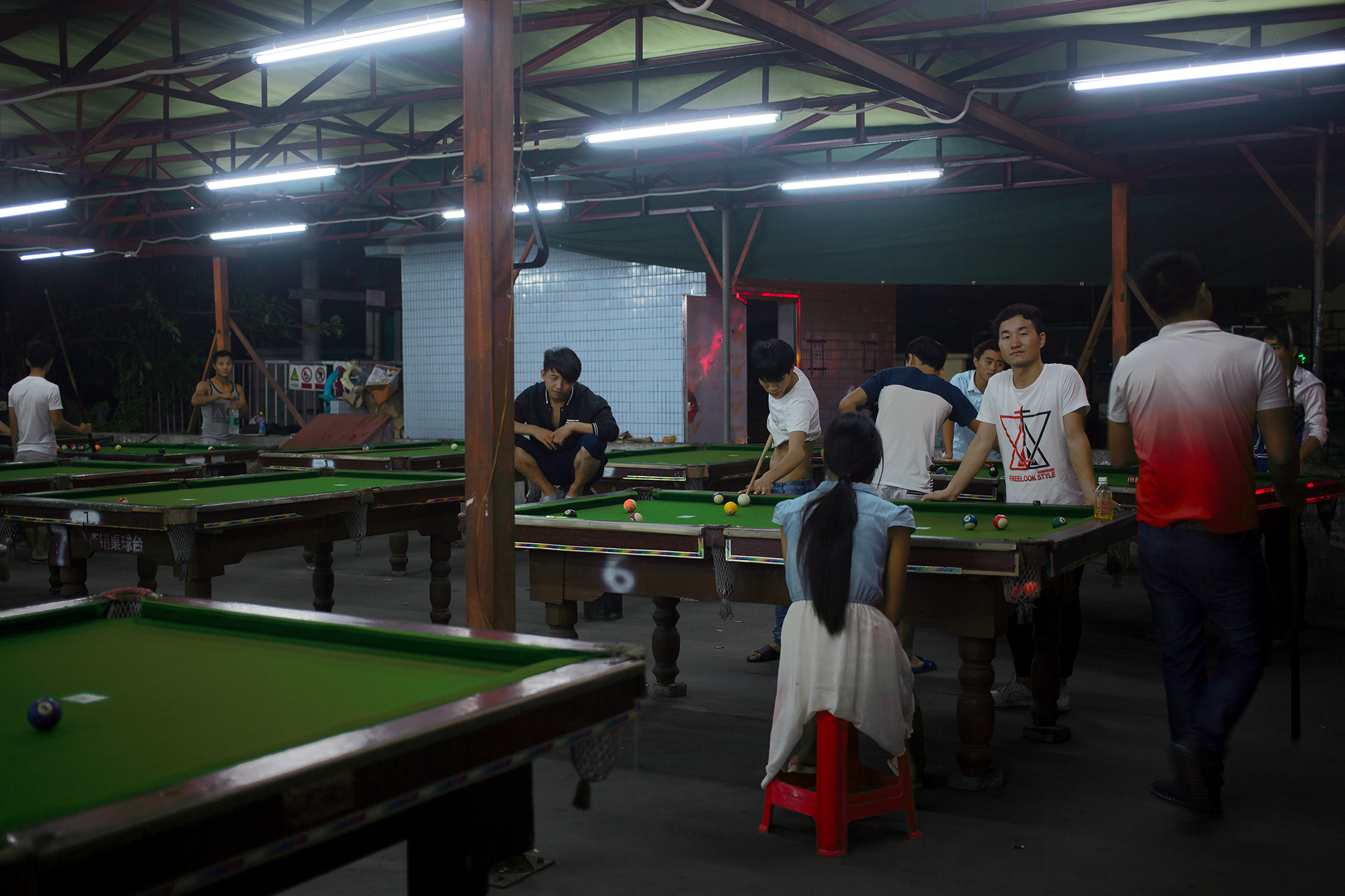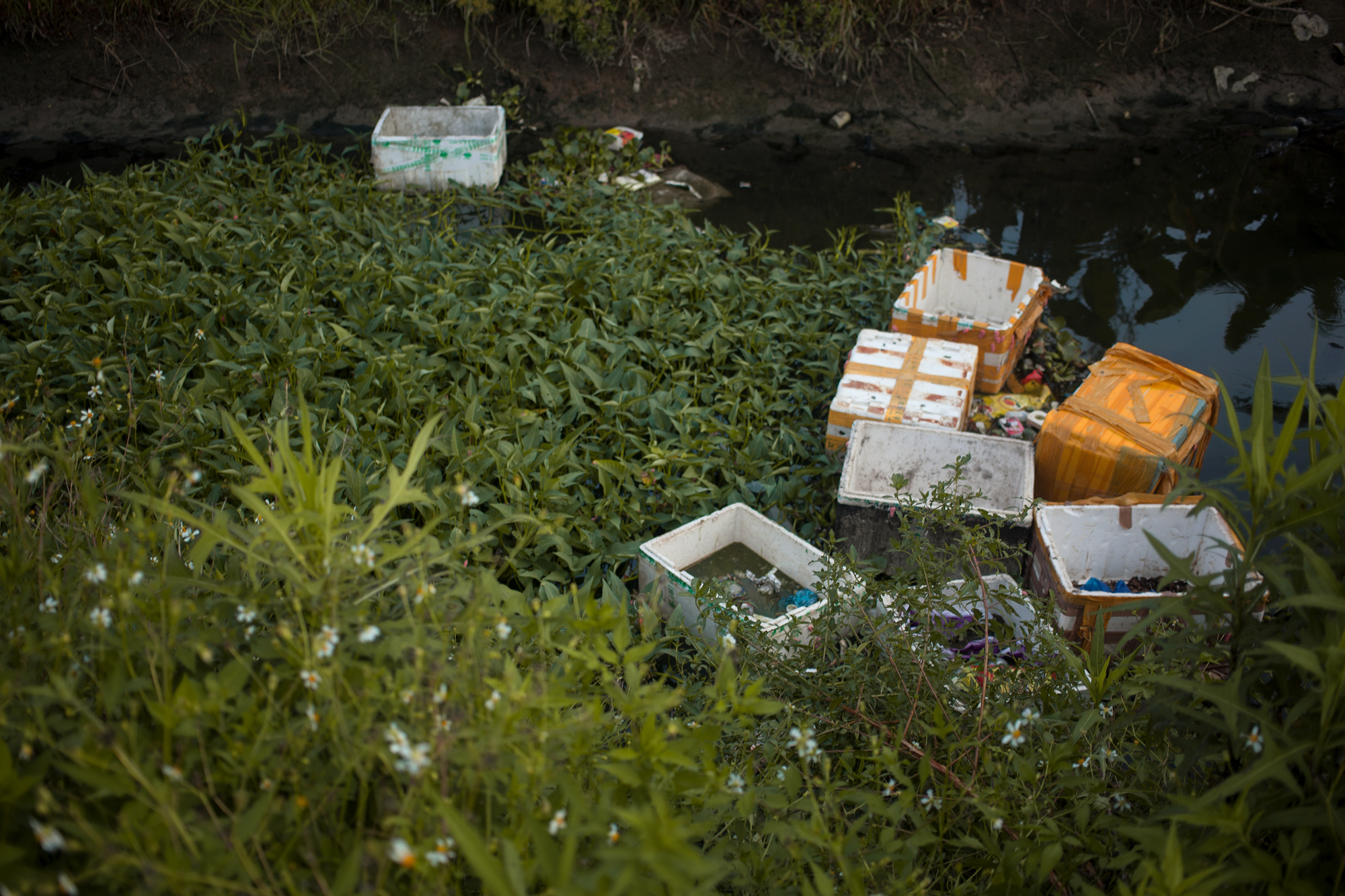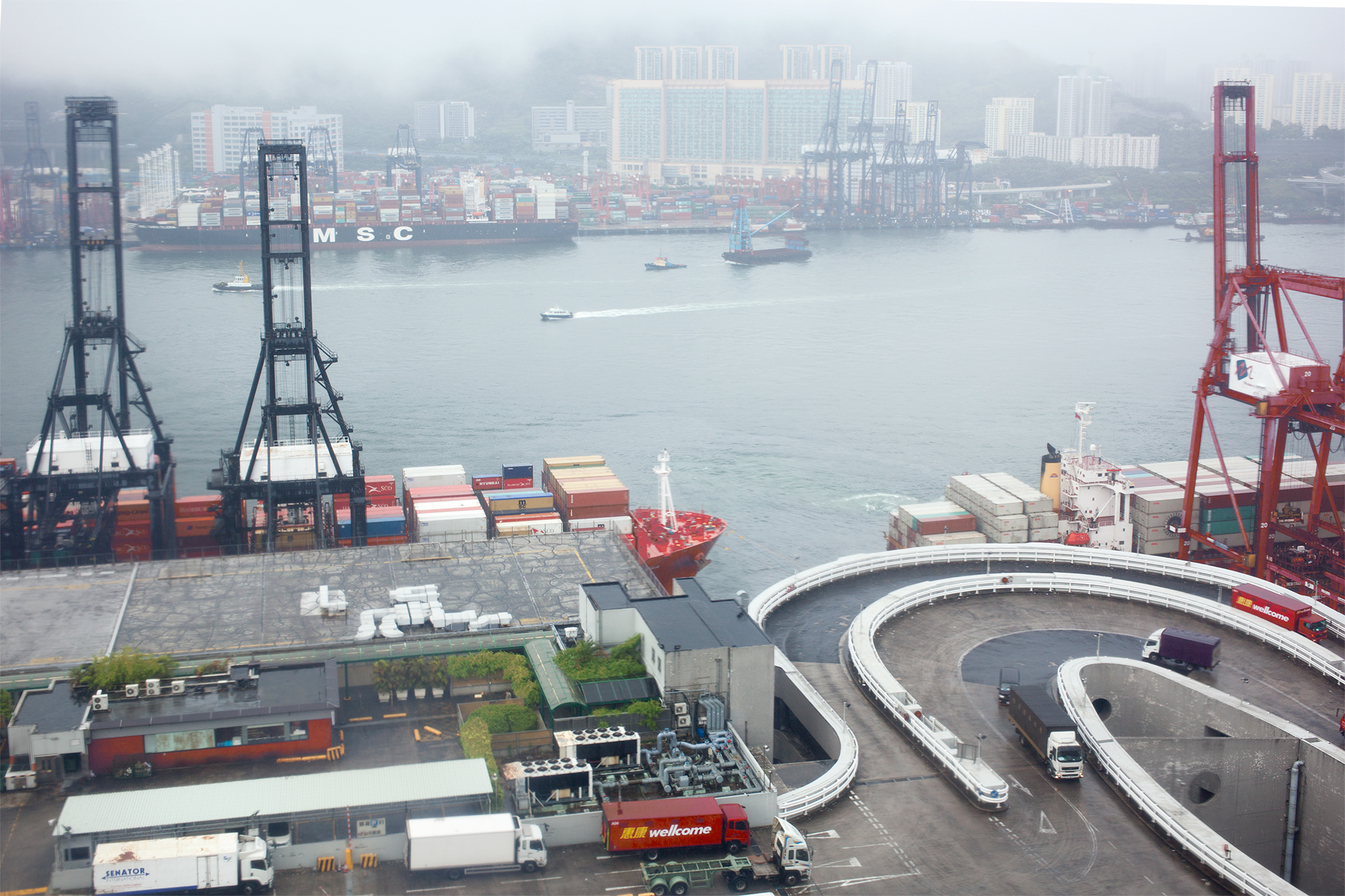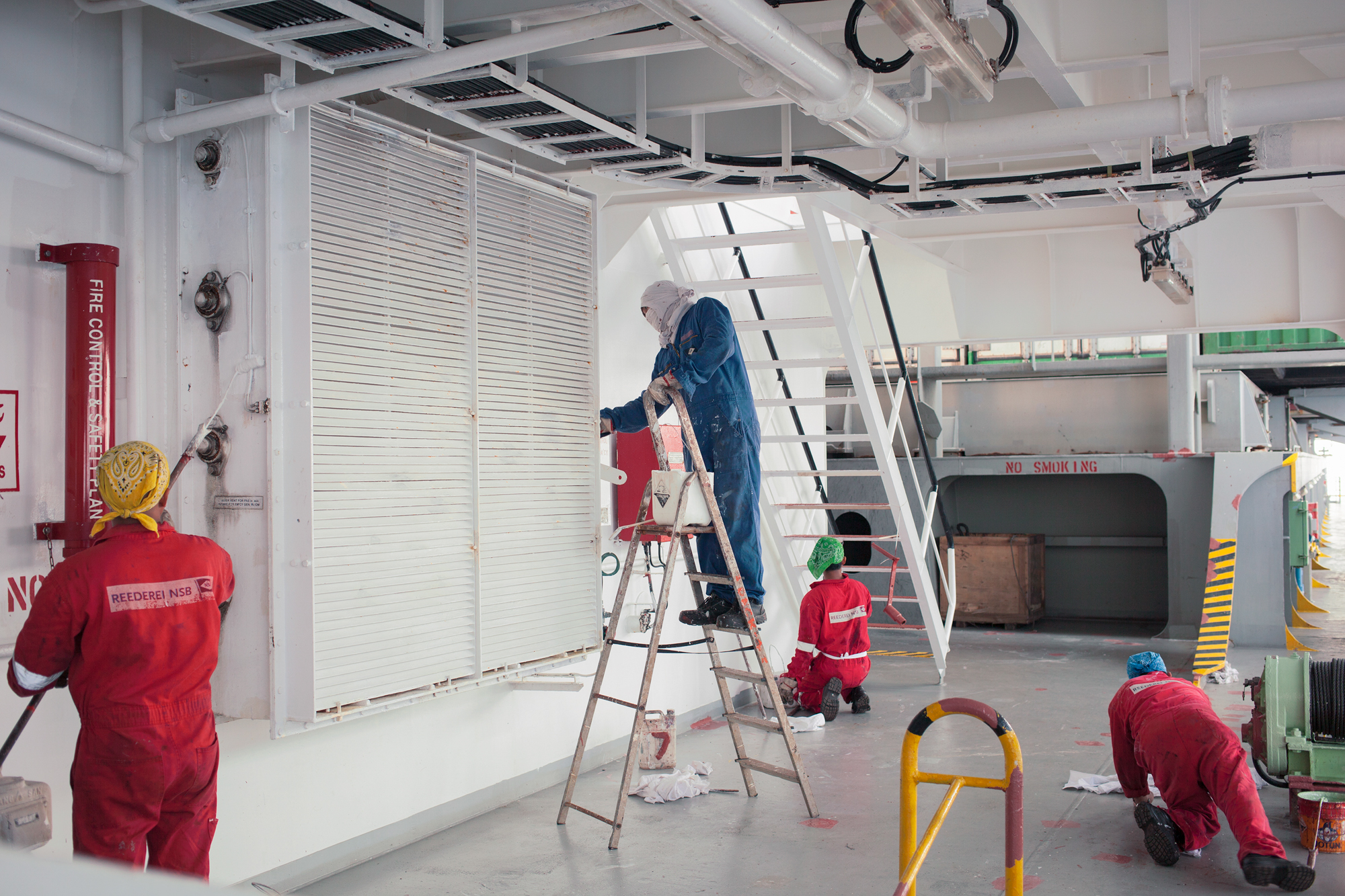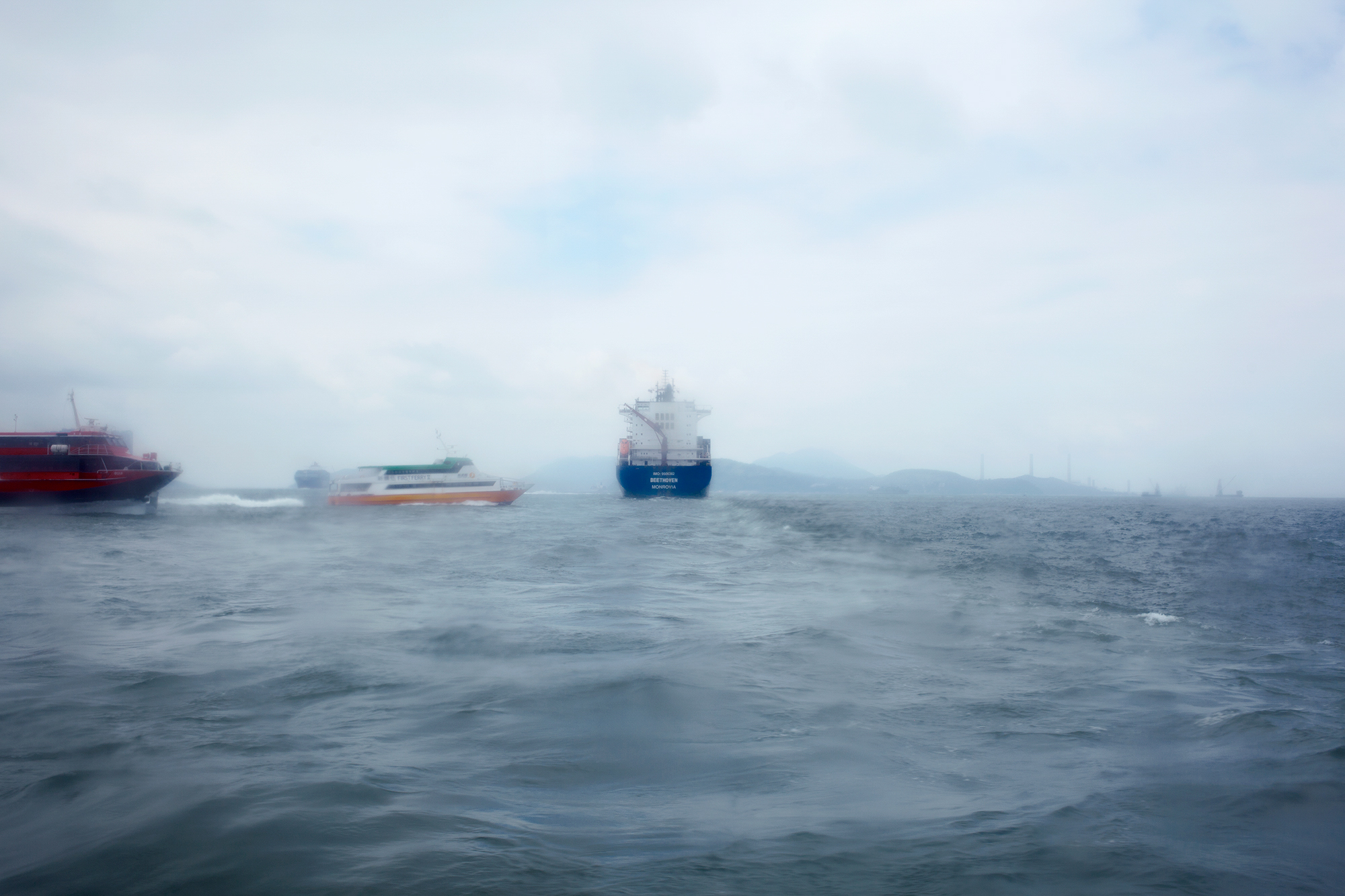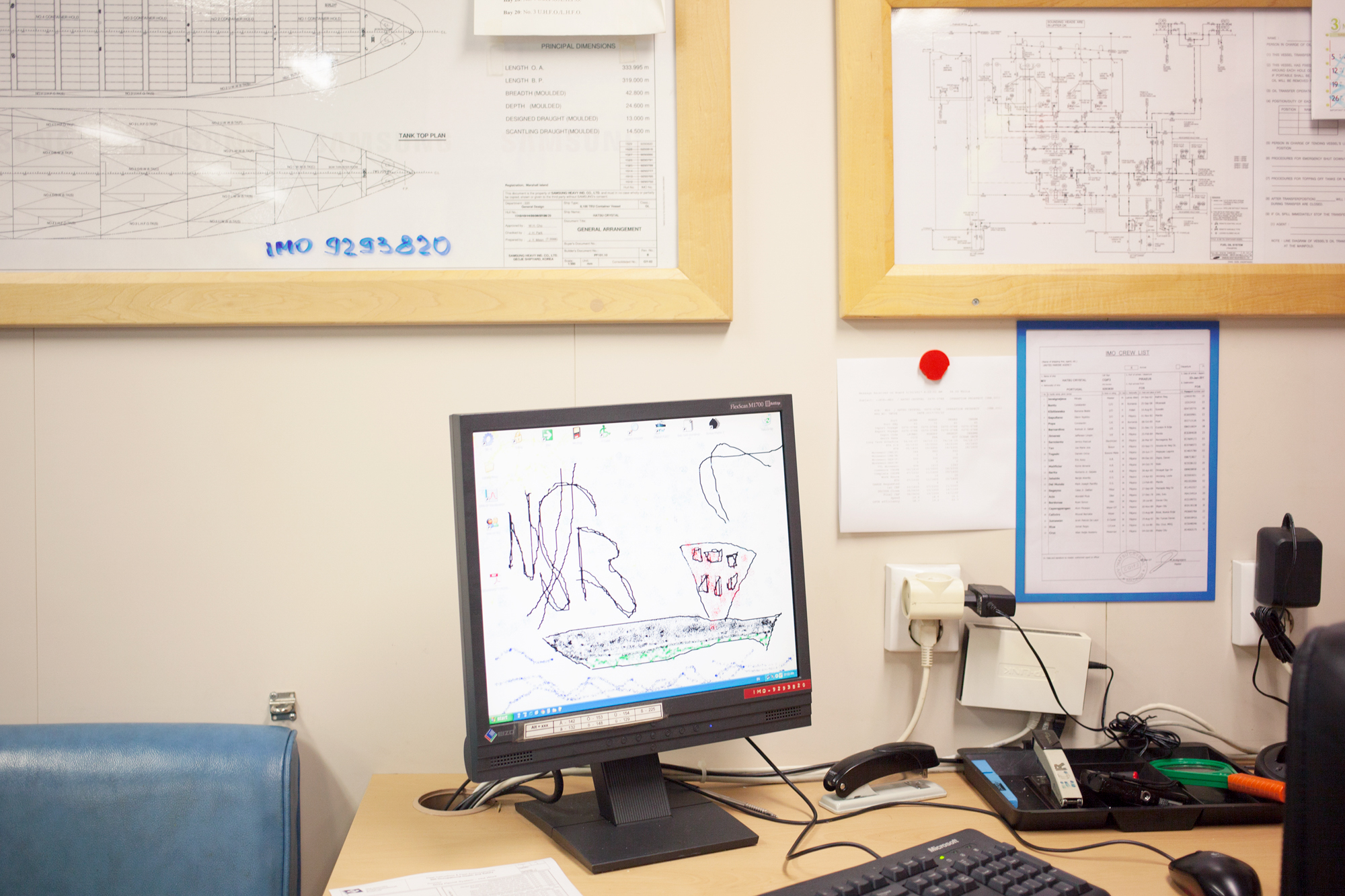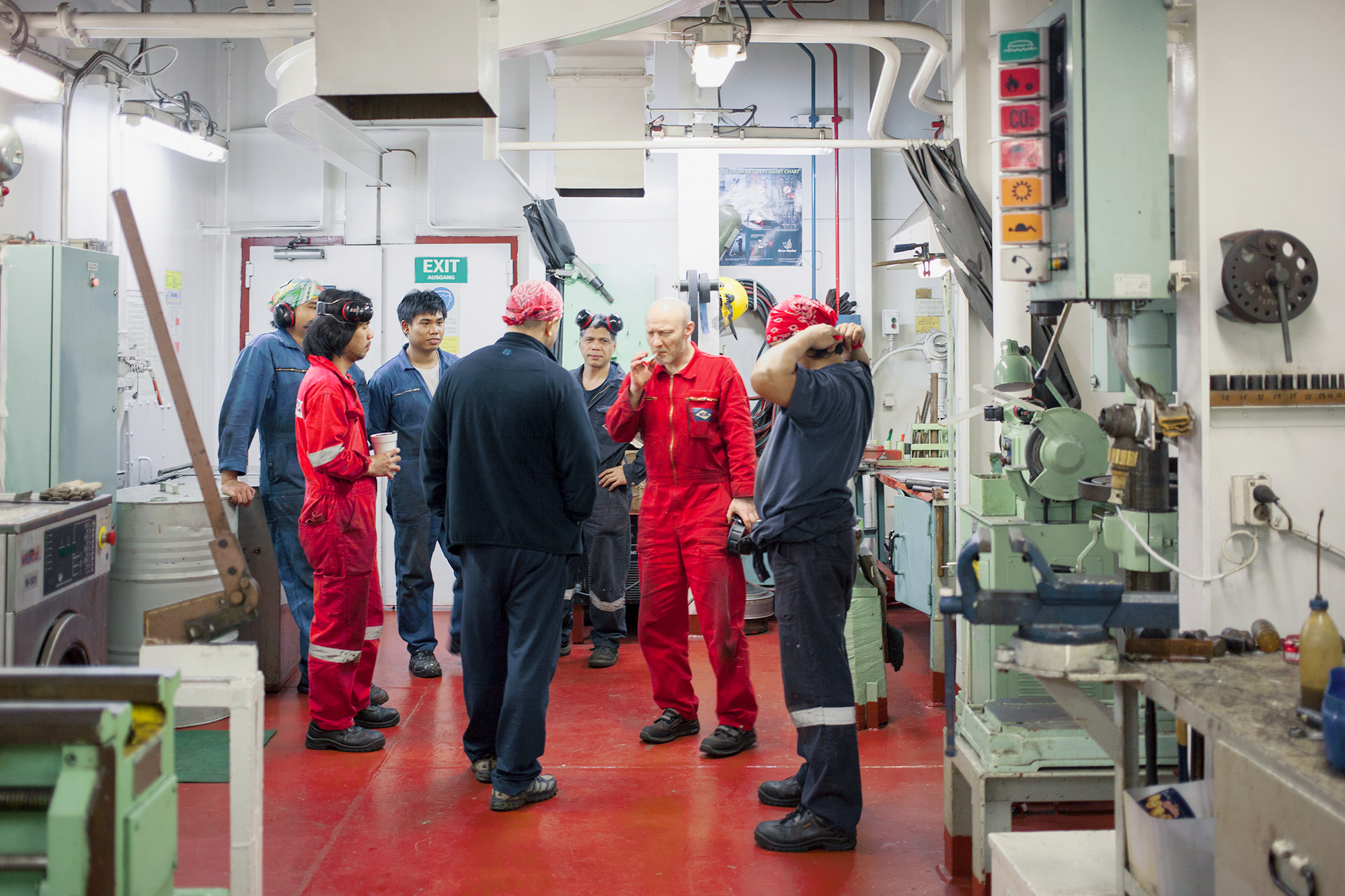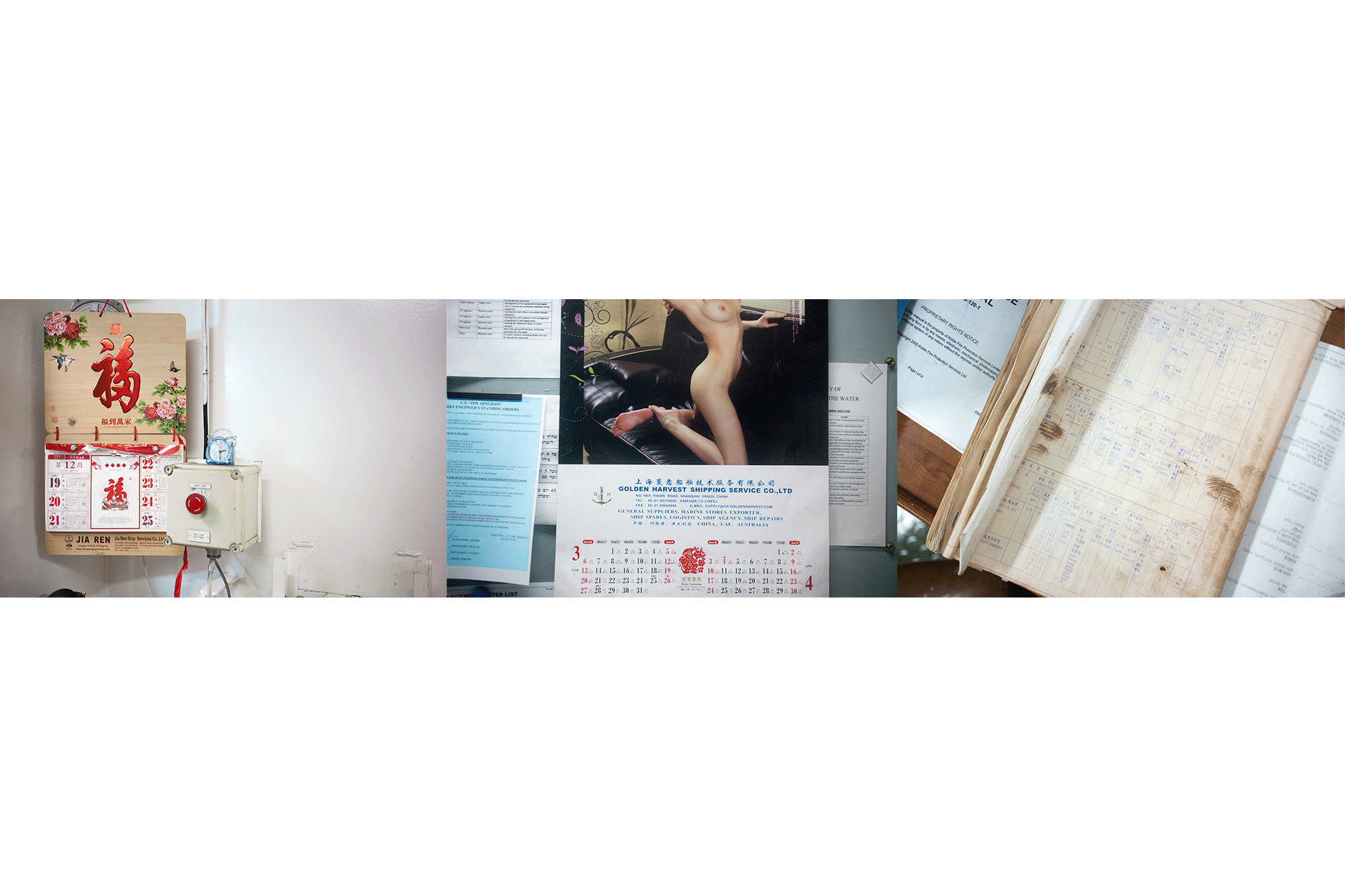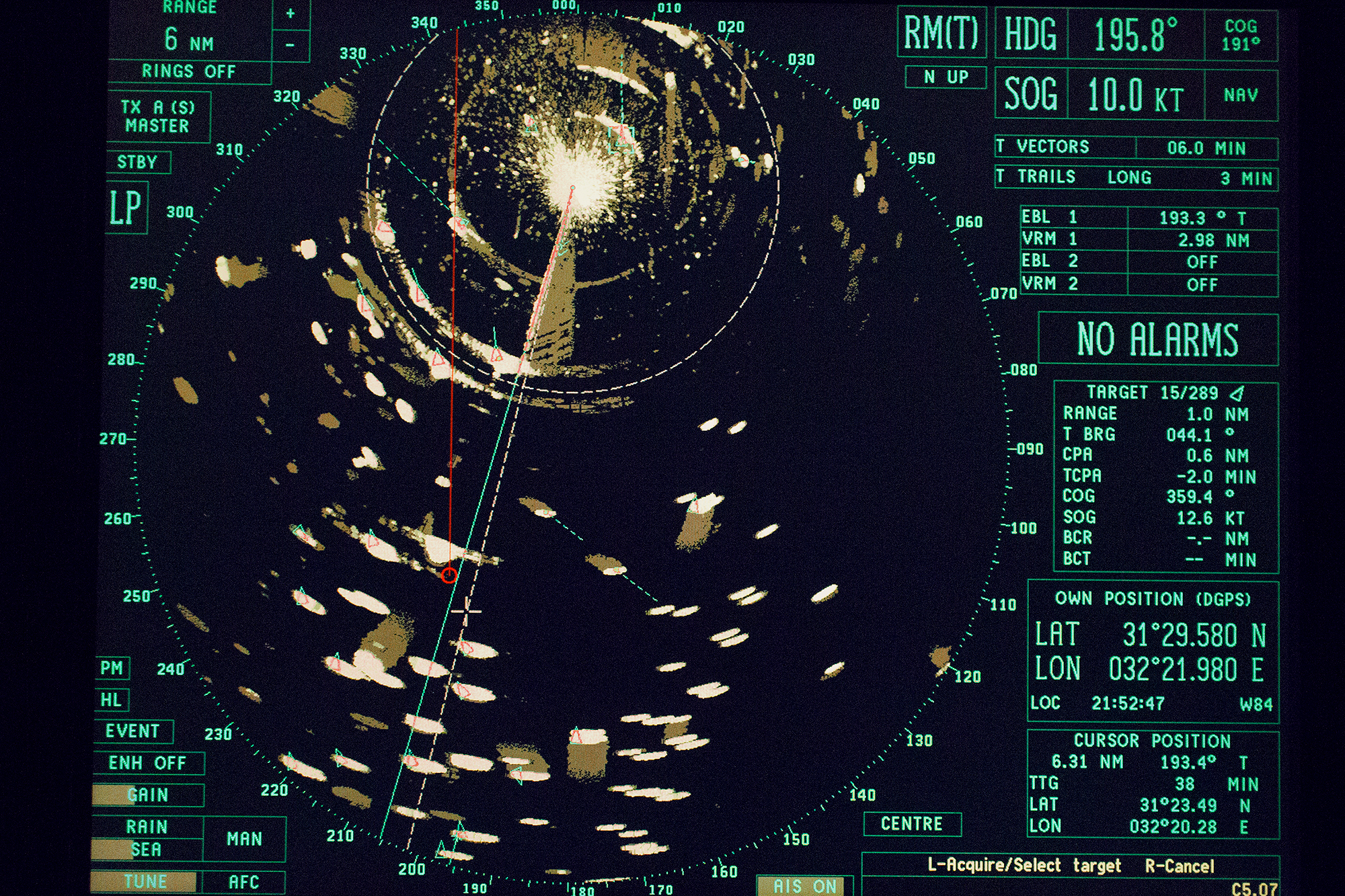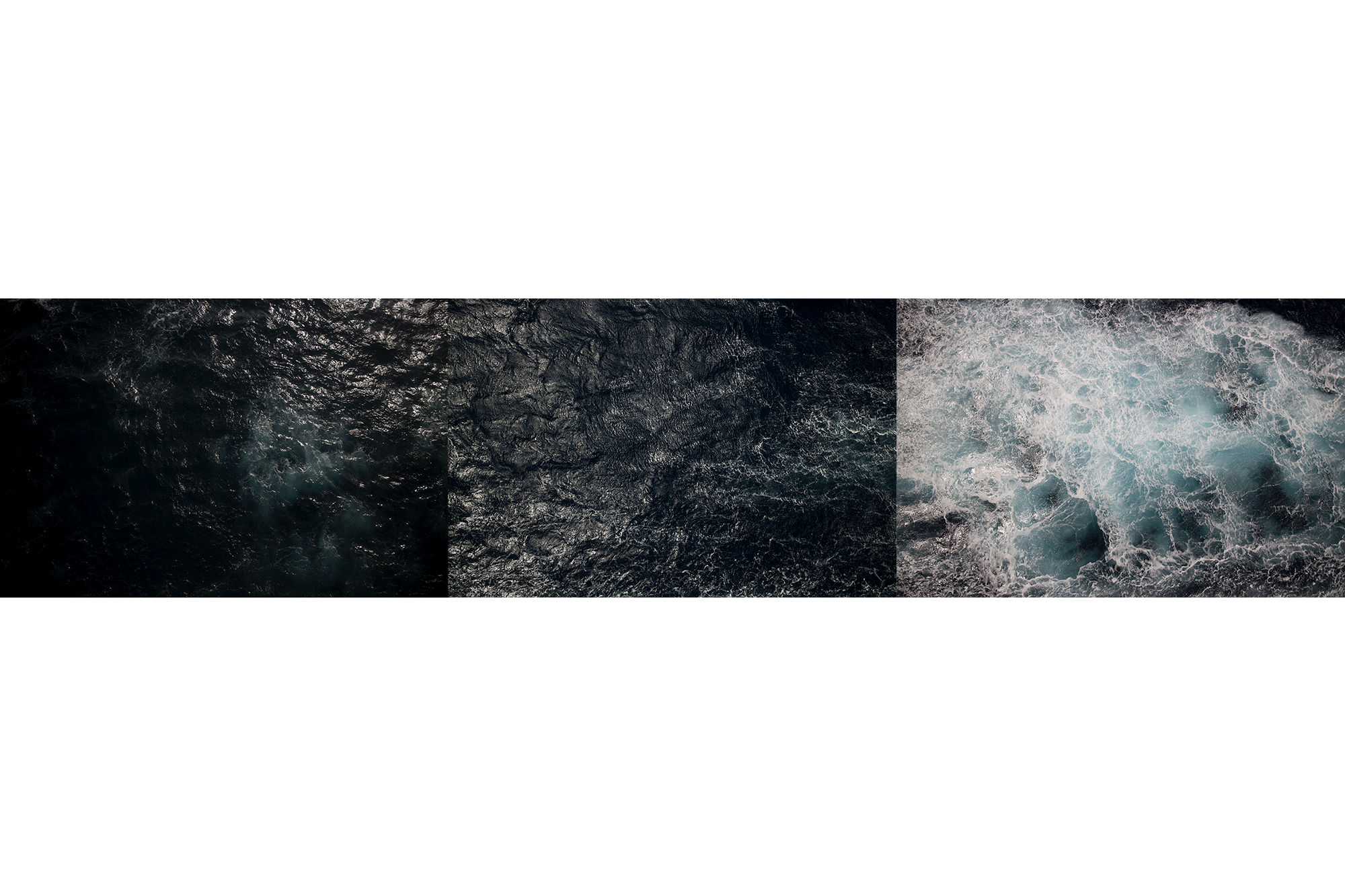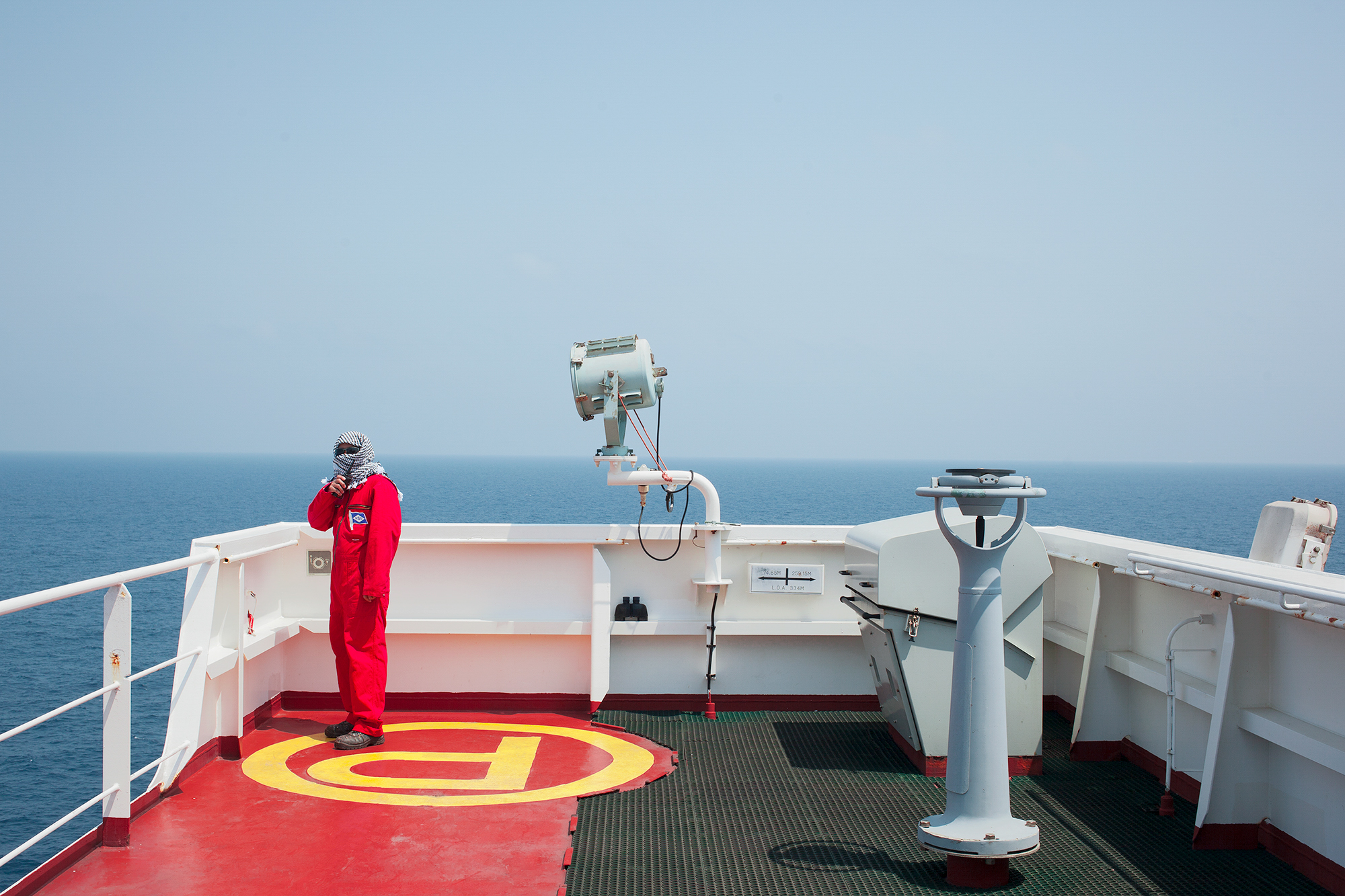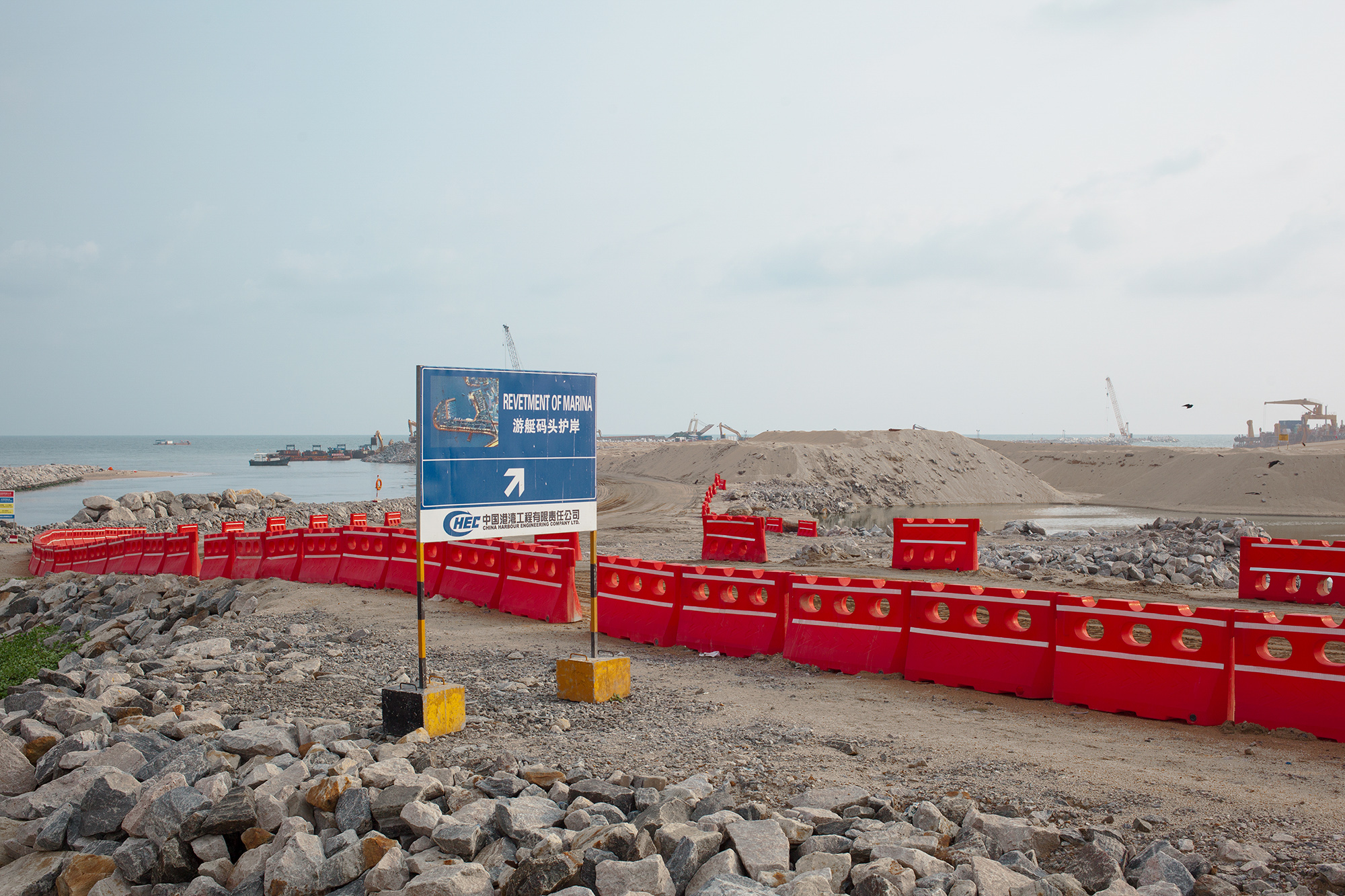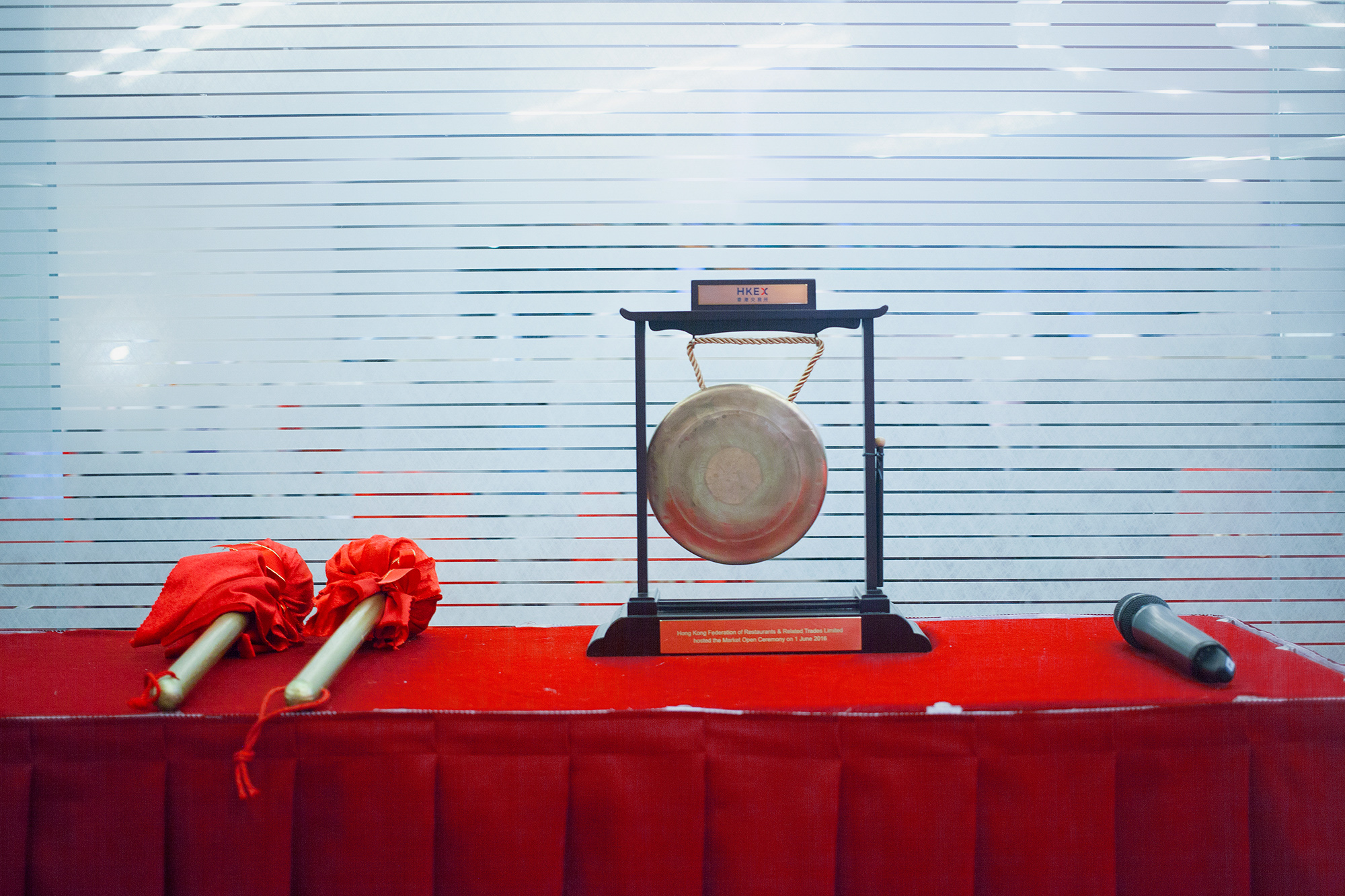The Choreographed Global Journey of Your Household Products
A Glimpse into the Massive System Powering U.S.-China Trade
It is by now common knowledge that the United States and China are locked in a great trade battle, or even war, placing in jeopardy the jobs and businesses that depend on hundreds of billions of dollars’ worth of goods passing between the world’s two great economies each year. U.S. President Donald Trump has claimed Chinese trade policies have “ripped off” the United States, and in the latest round in the escalating dispute recently announced tariffs on an additional $200 billion worth of Chinese goods sold into the United States. Beijing has responded with new tariffs on $60 billion of American goods, and Chinese leader Xi Jinping, who just last year sought to claim the mantle of the world’s premier internationalist, is now extolling self-reliance. Leaders from the two sides are barely talking, and military tensions are rising in tandem.
Yet U.S.-China trade is not merely a political question; it exists within a massive system that has been built over decades, the accretive results of countless choices by governments, businesses, consumers, and workers. It is at once a heaving, Brobdingnagian mass of steel and plastic, and a finely choreographed dance among itinerant factory workers, a lonely Filipino crew at sea, and countless other human beings who have found themselves in what most closely resembles an undeclared state, one hiding in plain sight. Its very scope suggests it will not easily yield to political whims.
Russian-Danish photographer Mari Bastashevski set out to capture this system over a two-year journey that took her to the Port of Colombo in Sri Lanka, a Chinese-made container ship crossing the Pacific Ocean, a bottling plant in Hong Kong, a customs house in Piraeus, Greece, and elsewhere. Bastashevski’s project, she writes, “navigates through the complex, politically ambiguous, and often violent culture of logistics by which our common household products reach us.” And yet, her austere, frequently alienating images contain small moments of surprising humanity, even serenity. A Russian joins Filipino mechanics for a smoke; printing-house workers in Shenzhen beam during a break from their toil; Chinese and California state officials join together to gaze from the prow of a boat in San Pedro. Both beautiful and foreboding, Bastashevski’s work unmasks a world that each of us—perhaps without thinking or knowing—have already built together.
—The Editors




